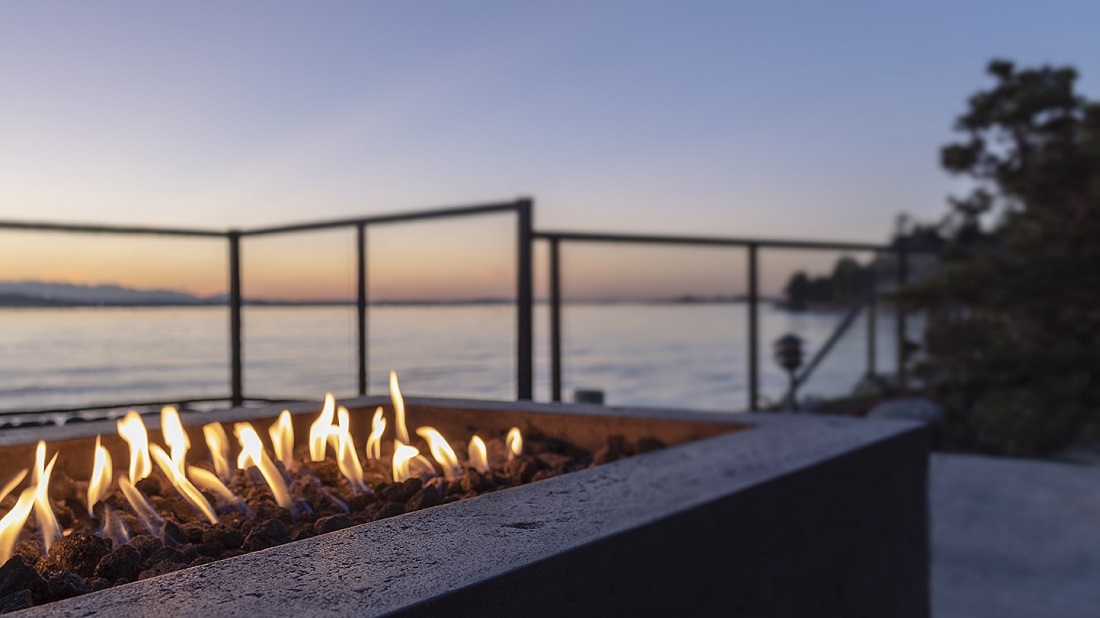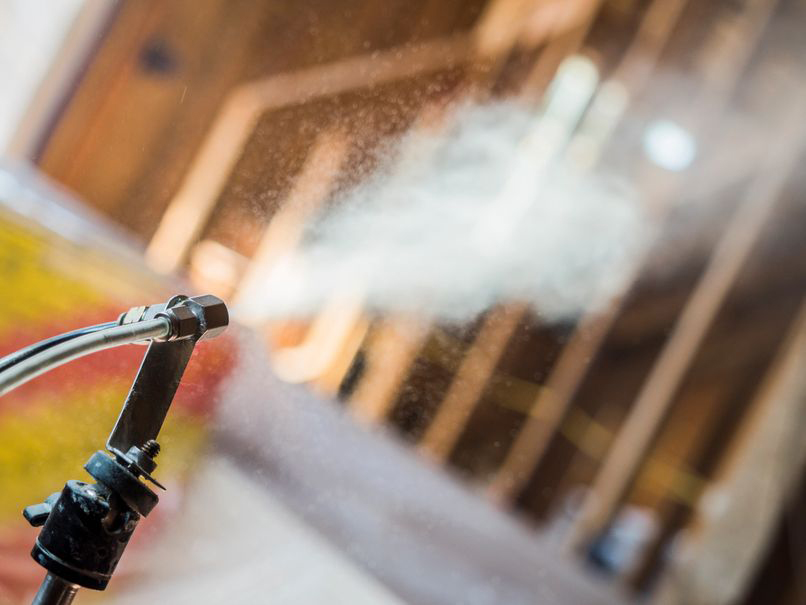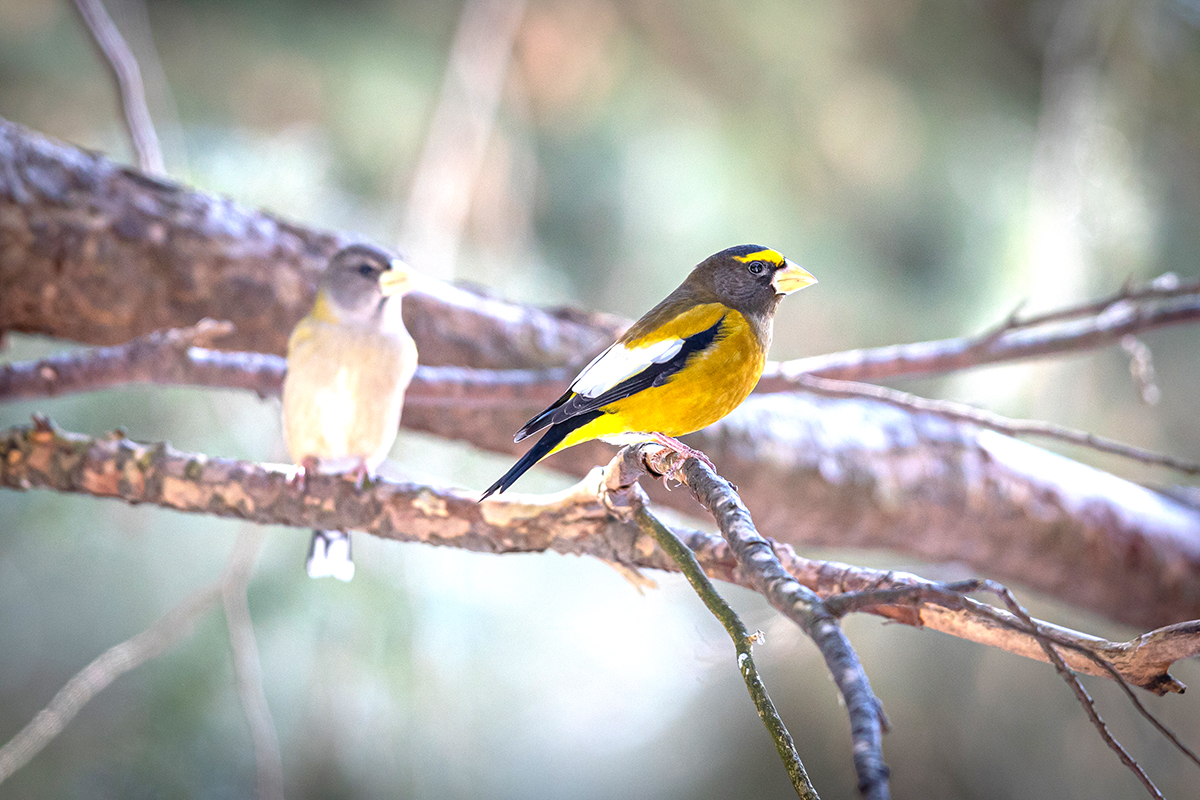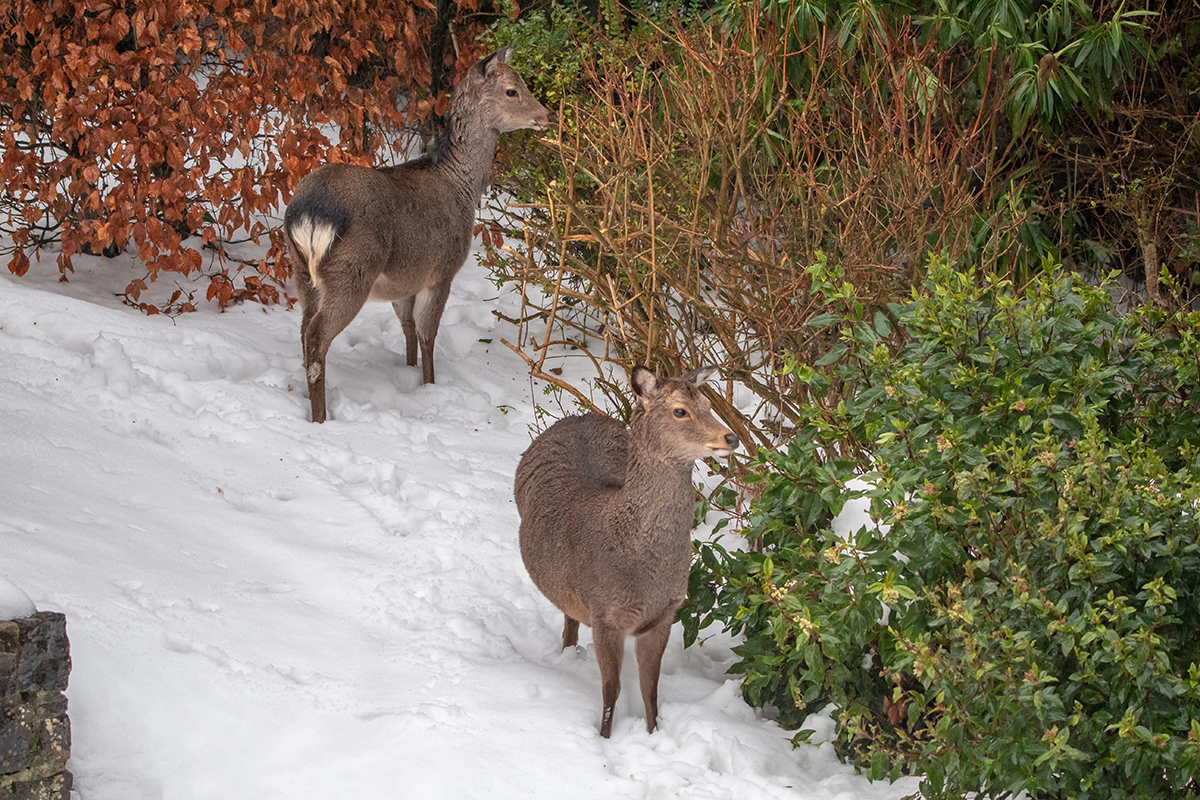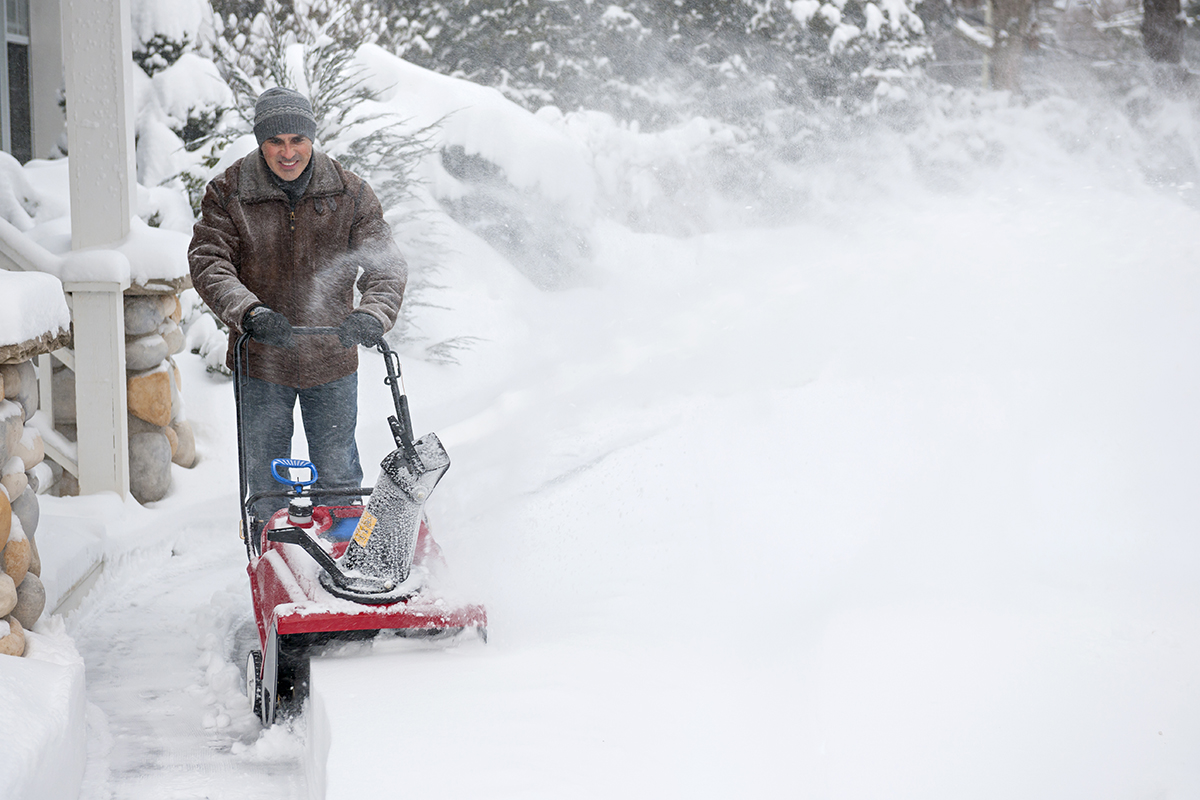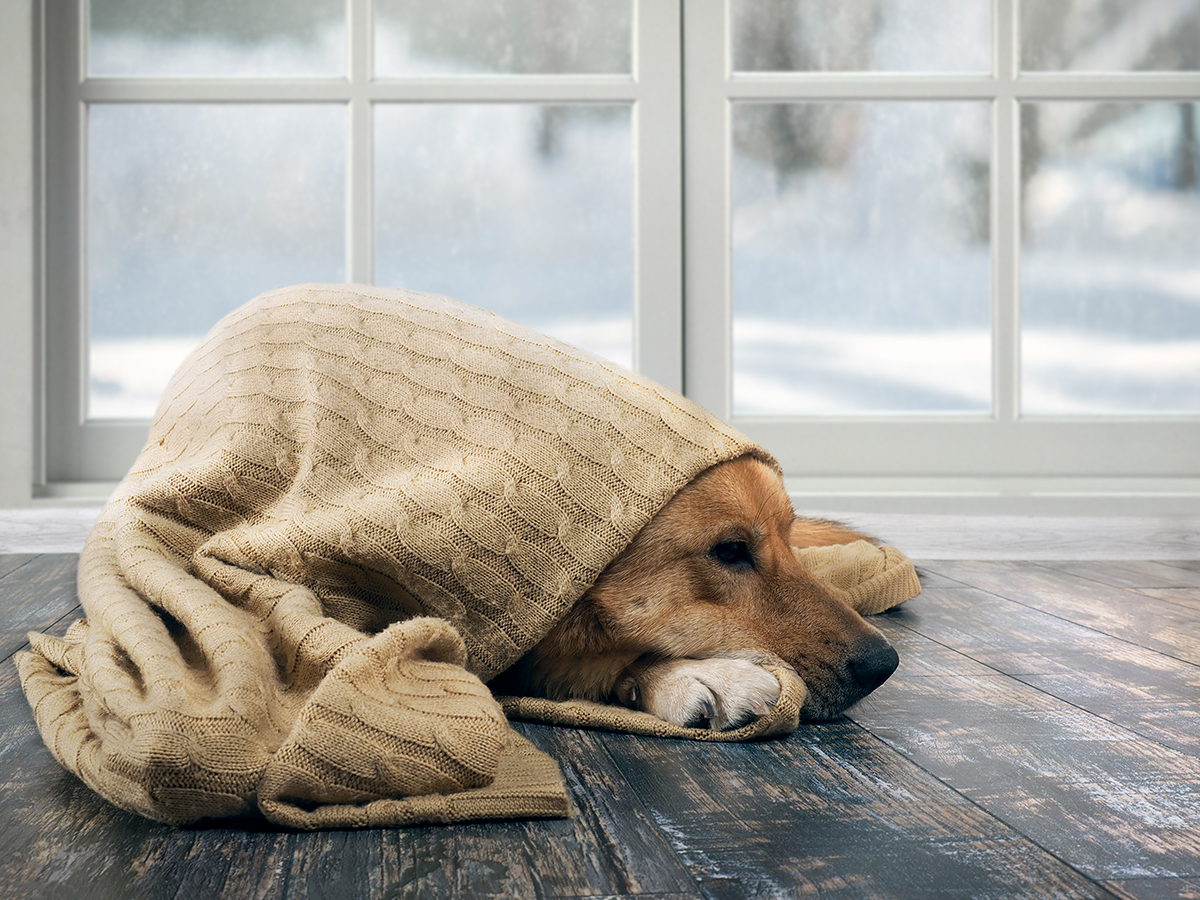WRITER | SCOTT PHILP
Since the beginning of time, fire and water have been integral to man’s survival. Each provides essential components to life and has been woven into humankind’s progress here on earth.
These two elements have a deep connection with many of us, and we are inherently aware of their value. As the trend of outdoor living continues to gain popularity, homeowners are finding many options available to enhance their outdoor experience.
FIRE
Traditional wood-burning fire pits are a fantastic, economical choice for bringing warmth to your space and extending your outside living time into the night. Options range from a simple ring of boulders to more formal masonry fire pits clad in stone veneer. Steel fire pits have become popular as well due to their mobility and ability to bring another natural element into the landscape. Wood-burning fire pits can be built-in or modular. The best-suited unit for an area depends on how the client uses their space, as well as their projected budget.
Gas fire pits bring all of the warmth and ambiance of a wood fire without the mess and smoke of wood. These units can burn either natural gas or propane. Similar to wood fire pits, gas fire pits can be built into the landscape with a masonry/stone exterior. A host of options are available for modular units that can be moved around a site as seasons change or as users experiment interacting with their outdoor spaces.
Outdoor fireplaces are another great way to bring a vertical element into the landscape and solve the issue of bothersome wood smoke. These are primarily used for general ambiance and intimate settings, as they are typically only able to cast enough heat to warm two to three people. They are frequently encased in stone to match the primary residence. They can help anchor a patio space, visually attaching the area to the house and making the home feel larger than it is. Most units on the market can either burn wood or be retrofitted to burn natural gas/propane.
Homeowners can also retrofit an interior vintage steel fireplace for outdoor use as an economical alternative to solving wood smoke issues. These can also be converted to gas-burning units for a quick vertical element in the landscape.
Conventional torches are a great way to introduce the element of fire into the landscape. These can be inexpensive and modular (oil burning) or plumbed into propane or natural gas. Hard piping torches for gas would be a great option in a space that is not going to be altered in the future, as the investment in infrastructure can be significant.
Fire tables are an excellent choice for a gathering piece. They can serve as a coffee table during the daytime hours while providing the element of fire and heat as temperatures drop during nighttime hours. Dimensions and height vary widely for fire tables, and units are available for almost any space.
Fire bowls have become very popular in recent years as well. While some are installed in a permanent location, some remain modular, depending on their supply for gas. Again, sizes differ, and available finishes range from stone to concrete to copper, making these a good option for many outdoor spaces.
Combination fire/water tables are the most recent addition to the outdoor living industry’s extensive offerings. These innovative factory-built units vary in size and combine the effects of soothing water, beautiful LED lighting, and the warmth and romance of fire. This combination can bring 24 hours of ambiance to a space.
Most gas-burning units have a few options available for control. Remote ignition, dial control, and common match-lit units are all widely available in the industry. Many homeowners choose to cover their units when not in use. While some come with a manufactured cover, fabric quality varies. It is common for handcrafted canvas/PVC covers to be made for custom units.
WATER
Natural water features have gained in popularity over the last few decades as the industry has developed products that are easier to install and maintain and with reduced operating costs. Water features are typically very natural in design, incorporating fish, plants, and other aquatic life. They are usually built into a hillside with a recirculating pump located in the bottom pond.
Traditional landscapes have incorporated fountains for thousands of years. They provide white noise and are typically installed on a flat site, but wall options are available as well. Available in a variety of sizes, they are generally stand-alone units that recirculate water. Lighting is common with fountains, adding interest during the nighttime hours.
The quality of units varies widely in this industry. Manufactured dealer-grade units comprise elements that will not break down from weather (stainless steel burners, sealed control units/wiring). There are also many cost-effective modular options available. Many of these units are intended for temporary use and are not manufactured with high-grade components built to withstand outdoor use. Custom-built masonry units frequently incorporate dealer-grade burners/controls as well. Be sure to work with a licensed electrician/plumber when necessary and make sure permits are obtained when applicable.
Adding fire and water to your landscape can create a truly special space. A landscape designer well versed in site work and available product options can help you make the correct decision for your lifestyle, space, and budget. A design/build firm will coordinate all necessary subcontractors to bring the project together and deliver a “hands-off” experience for the homeowner.


